Home>Maintenance & Safety>Pest Control Solutions>What Temp Do Yellow Jackets Die
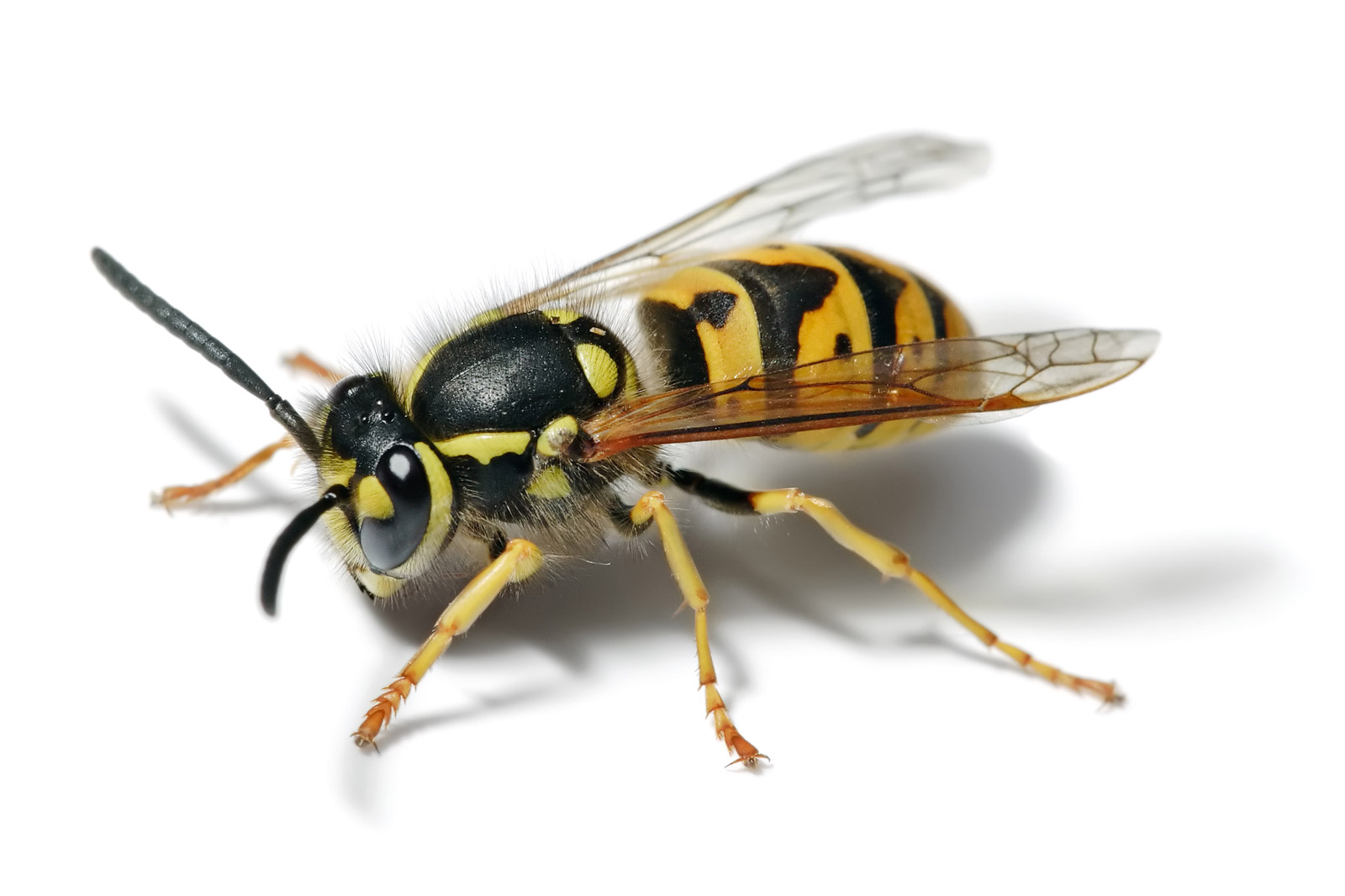

Pest Control Solutions
What Temp Do Yellow Jackets Die
Modified: October 20, 2024
Learn effective pest control solutions to eliminate yellow jackets. Discover the optimal temperature for effectively eradicating these pests. Protect your home with expert advice.
(Many of the links in this article redirect to a specific reviewed product. Your purchase of these products through affiliate links helps to generate commission for Storables.com, at no extra cost. Learn more)
Introduction
Yellow jackets are a common sight during the warmer months, buzzing around picnics, gardens, and outdoor events. These aggressive insects are known for their painful stings and their persistent presence, making them a nuisance for many people. However, understanding the behavior and survival strategies of yellow jackets, especially in relation to temperature, can provide valuable insights into managing and controlling these pests effectively.
In this article, we will delve into the fascinating world of yellow jackets and explore the impact of temperature on their behavior and lifecycle. By gaining a deeper understanding of how temperature influences yellow jackets, we can develop more informed strategies for pest control and minimize their impact on our daily lives.
From their nesting habits to foraging patterns, yellow jackets exhibit distinct behaviors that are closely linked to temperature variations. By examining these connections, we can uncover valuable insights that will help us navigate the challenges posed by these formidable insects. So, let's embark on a journey to unravel the mysteries of yellow jackets and discover how temperature plays a pivotal role in their existence.
Key Takeaways:
- Yellow jackets are greatly influenced by temperature, affecting their nesting, foraging, and aggression. Understanding this can help control their impact and minimize conflicts with humans in different weather conditions.
- By tailoring pest control strategies to the influence of temperature on yellow jacket behavior, it is possible to mitigate their impact on human activities and minimize the risk of stings, especially during peak activity periods.
Read more: What Time Of Year Do Yellow Jackets Die
Understanding Yellow Jackets
Yellow jackets, scientifically known as Vespula spp. and Dolichovespula spp., are a species of predatory wasps that belong to the family Vespidae. These insects are renowned for their distinctive yellow and black markings, sleek bodies, and formidable stingers, which they use for defense and hunting. Yellow jackets are social insects, living in colonies with a well-defined caste system comprising queens, workers, and males.
The life cycle of yellow jackets begins in the spring when overwintered queens emerge from hibernation to establish new colonies. These queens select suitable nesting sites, such as underground burrows, hollow trees, or man-made structures, where they lay eggs and initiate the growth of their colonies. As the first brood of workers emerges, they assume the responsibility of expanding the nest, foraging for food, and caring for the subsequent generations.
Yellow jackets are opportunistic predators and scavengers, feeding on a diverse range of prey, including insects, spiders, and even human food. Their scavenging behavior often brings them into close proximity with humans, leading to frequent encounters in outdoor spaces. This foraging activity intensifies during the summer months when the colony reaches its peak population, and the demand for food escalates.
The social structure of yellow jacket colonies is characterized by a high degree of cooperation and division of labor. Workers diligently tend to the needs of the queen and her offspring, ensuring the survival and growth of the colony. Meanwhile, the queen focuses on egg-laying, perpetuating the lineage of the colony and ensuring its continuity.
Understanding the behavior and biology of yellow jackets is crucial for devising effective pest control strategies. By gaining insights into their nesting habits, foraging patterns, and social dynamics, we can develop targeted approaches to mitigate their impact on human activities and minimize the risk of stings. Moreover, comprehending the intricate interplay between temperature and yellow jacket behavior is essential for implementing proactive measures to manage their presence in various environmental conditions.
Yellow jackets are formidable insects with a complex social structure and adaptive behaviors that enable them to thrive in diverse habitats. By delving into the intricacies of their existence, we can gain a deeper appreciation for these remarkable creatures and equip ourselves with the knowledge needed to coexist harmoniously with them.
The Impact of Temperature on Yellow Jackets
Temperature exerts a profound influence on the behavior, development, and overall dynamics of yellow jacket colonies. As ectothermic organisms, yellow jackets rely on external temperatures to regulate their metabolic processes, reproductive activities, and foraging behavior. The impact of temperature on yellow jackets is multifaceted, encompassing various aspects of their biology and ecology.
Nesting Behavior: Temperature plays a pivotal role in shaping the nesting behavior of yellow jackets. During the early spring, when ambient temperatures begin to rise, overwintered queens emerge from hibernation to initiate the construction of new colonies. The selection of nesting sites and the pace of nest development are intricately linked to temperature fluctuations. Warmer temperatures accelerate the growth of colonies, prompting rapid expansion and the emergence of new workers. Conversely, cooler temperatures can delay nest development and impede the reproductive success of the colony.
Foraging Activity: Temperature exerts a direct influence on the foraging patterns of yellow jackets. As temperatures rise, the foraging intensity of workers increases, driven by the heightened metabolic rates associated with warmer conditions. This surge in foraging activity is driven by the demand for food to sustain the growing colony. Conversely, during cooler temperatures, foraging may be subdued, as the metabolic activity of yellow jackets slows down, reducing their energy requirements and foraging efforts.
Reproductive Success: The reproductive success of yellow jackets is intricately linked to temperature. Optimal temperatures are essential for the successful development of eggs, larvae, and pupae within the colony. Warmer temperatures accelerate the growth and maturation of the brood, leading to the rapid expansion of the colony. In contrast, cooler temperatures can prolong the developmental stages, potentially impacting the overall reproductive output of the colony.
Aggressive Behavior: Temperature can influence the aggressive tendencies of yellow jackets. During hot and humid conditions, yellow jackets may exhibit heightened aggression, potentially increasing the risk of stings when their nests are disturbed. Conversely, cooler temperatures may lead to reduced activity and a more subdued demeanor, impacting their response to external stimuli.
Survival Strategies: Yellow jackets employ various survival strategies to cope with temperature fluctuations. During periods of extreme heat, they may seek refuge in shaded areas or modify their foraging patterns to avoid the peak temperatures of the day. Conversely, in cooler temperatures, they may exhibit thermoregulatory behaviors, such as clustering together to conserve heat and maintain optimal conditions within the nest.
In essence, temperature serves as a fundamental environmental factor that shapes the behavior, ecology, and survival strategies of yellow jackets. By understanding the intricate interplay between temperature and yellow jacket dynamics, we can develop targeted pest management approaches that account for the influence of temperature on their behavior and mitigate potential conflicts in various environmental conditions.
Yellow jackets die when exposed to temperatures below 20°F (-6°C). To get rid of them, you can use a vacuum to suck them up or set up traps with sweet baits.
Survival Strategies of Yellow Jackets
Yellow jackets, as resilient and adaptable insects, have evolved an array of survival strategies to navigate the challenges posed by fluctuating temperatures and environmental conditions. These strategies enable them to thrive in diverse habitats and endure the rigors of changing seasons, ensuring the continuity of their colonies and the perpetuation of their lineage.
Thermoregulation: Yellow jackets are adept at thermoregulation, a vital survival strategy that allows them to maintain optimal temperatures within their nests. During periods of cooler weather, yellow jackets exhibit thermoregulatory behaviors by clustering together to conserve heat. This communal warmth helps sustain the brood and ensures the viability of developing eggs and larvae. Conversely, in excessively hot conditions, yellow jackets may seek refuge in shaded areas or modify their foraging patterns to avoid the peak temperatures of the day, thereby mitigating the impact of heat stress on their colonies.
Resource Management: Efficient resource management is integral to the survival of yellow jacket colonies. These industrious insects meticulously allocate their foraging efforts to procure essential resources, including protein-rich prey, carbohydrates from nectar, and other sources of sustenance. By optimizing their foraging activities based on temperature and resource availability, yellow jackets ensure a steady supply of food to sustain the colony, especially during periods of heightened metabolic activity and rapid population growth.
Nest Construction and Maintenance: The construction and maintenance of nests are critical components of yellow jacket survival strategies. These industrious insects meticulously build and fortify their nests, utilizing chewed wood fibers and saliva to fashion intricate paper-like structures. The nest architecture, with its multiple layers and chambers, provides insulation and protection, helping to buffer the colony against temperature fluctuations and environmental challenges. Additionally, the diligent maintenance of the nest ensures structural integrity and a conducive environment for rearing offspring, safeguarding the long-term survival of the colony.
Adaptive Foraging Behavior: Yellow jackets exhibit adaptive foraging behavior in response to temperature variations. During periods of inclement weather or suboptimal temperatures, they may adjust their foraging patterns and target alternative food sources to sustain the colony. This flexibility in foraging behavior allows yellow jackets to mitigate the impact of temperature extremes on their food procurement activities, ensuring the continued nourishment of the colony even in challenging environmental conditions.
In essence, the survival strategies of yellow jackets reflect their remarkable ability to adapt to diverse environmental conditions and overcome the obstacles posed by fluctuating temperatures. By employing thermoregulation, resource management, nest construction, and adaptive foraging behavior, yellow jackets demonstrate their resilience and ingenuity in navigating the complexities of their natural habitat. Understanding these survival strategies is essential for developing effective pest management approaches that account for the adaptive capabilities of yellow jackets and minimize potential conflicts in various environmental conditions.
Controlling Yellow Jackets in Different Temperatures
Controlling yellow jackets in different temperatures requires a nuanced approach that considers the influence of temperature on their behavior and activity levels. As temperature fluctuations profoundly impact the foraging, nesting, and aggressive tendencies of yellow jackets, effective pest management strategies must be tailored to address these dynamics across varying environmental conditions.
During periods of elevated temperatures, when yellow jackets are most active, targeted control measures can be implemented to mitigate their presence and minimize potential conflicts. One approach involves identifying and eliminating potential nesting sites, such as underground burrows, wall voids, or hollow trees, to disrupt the establishment of new colonies. Additionally, deploying baited traps strategically in areas of high yellow jacket activity can help reduce their numbers and alleviate the nuisance they pose to humans.
In contrast, when facing cooler temperatures that may dampen yellow jacket activity, proactive measures can focus on fortifying potential entry points to buildings and structures, thereby preventing yellow jackets from seeking shelter indoors. Furthermore, sealing garbage receptacles and minimizing food sources can deter foraging yellow jackets, reducing the likelihood of encounters in outdoor spaces.
Integrated pest management (IPM) strategies offer a comprehensive and environmentally conscious approach to controlling yellow jackets in diverse temperature conditions. By combining preventive measures, such as habitat modification and exclusion, with targeted interventions, such as the use of insecticidal dusts or aerosols, IPM provides a multifaceted framework for managing yellow jackets while minimizing environmental impact.
In agricultural settings, where yellow jackets can pose a threat to crops and livestock, temperature-informed pest control strategies are essential. For instance, the timing of insecticidal applications can be adjusted based on temperature forecasts to maximize efficacy while minimizing non-target effects. Additionally, the implementation of physical barriers and deterrents can help protect vulnerable agricultural assets from yellow jacket infestations during periods of heightened activity.
By tailoring pest control strategies to the influence of temperature on yellow jacket behavior, it is possible to mitigate their impact on human activities and minimize the risk of stings, especially during peak activity periods. This temperature-informed approach to pest management underscores the importance of understanding the ecological dynamics of yellow jackets and devising proactive measures that align with their behavioral patterns across varying temperature conditions.
Read more: What Do Yellow Jackets Eat
Conclusion
In conclusion, the intricate relationship between temperature and the behavior of yellow jackets underscores the dynamic nature of pest management and the need for temperature-informed strategies. By gaining a deeper understanding of how temperature influences the nesting behavior, foraging patterns, and survival strategies of yellow jackets, we can develop proactive and targeted approaches to mitigate their impact on human activities and minimize potential conflicts.
The impact of temperature on yellow jackets extends beyond mere seasonal variations, encompassing fundamental aspects of their biology, ecology, and social dynamics. From the initiation of new colonies by overwintered queens in response to rising temperatures to the thermoregulatory behaviors exhibited by workers during temperature extremes, the influence of temperature permeates every facet of yellow jacket existence.
Furthermore, the adaptive survival strategies employed by yellow jackets, such as thermoregulation, resource management, and nest construction, reflect their resilience and ingenuity in navigating diverse environmental conditions. Understanding these strategies is crucial for devising effective pest management approaches that account for the adaptive capabilities of yellow jackets and minimize potential conflicts in various temperature conditions.
By tailoring pest control strategies to the influence of temperature on yellow jacket behavior, it is possible to mitigate their impact on human activities and minimize the risk of stings, especially during peak activity periods. Integrated pest management (IPM) offers a comprehensive framework for addressing yellow jacket infestations across varying temperature conditions, emphasizing the importance of preventive measures, targeted interventions, and environmentally conscious approaches.
In essence, the interplay between temperature and yellow jacket behavior underscores the dynamic and multifaceted nature of pest management. By integrating temperature-informed strategies with a nuanced understanding of yellow jacket ecology, we can foster harmonious coexistence with these formidable insects while minimizing their impact on human endeavors.
Ultimately, by recognizing the pivotal role of temperature in shaping the behavior and ecology of yellow jackets, we can cultivate a deeper appreciation for the complexities of pest management and develop sustainable approaches that align with the natural dynamics of these remarkable insects.
Frequently Asked Questions about What Temp Do Yellow Jackets Die
Was this page helpful?
At Storables.com, we guarantee accurate and reliable information. Our content, validated by Expert Board Contributors, is crafted following stringent Editorial Policies. We're committed to providing you with well-researched, expert-backed insights for all your informational needs.
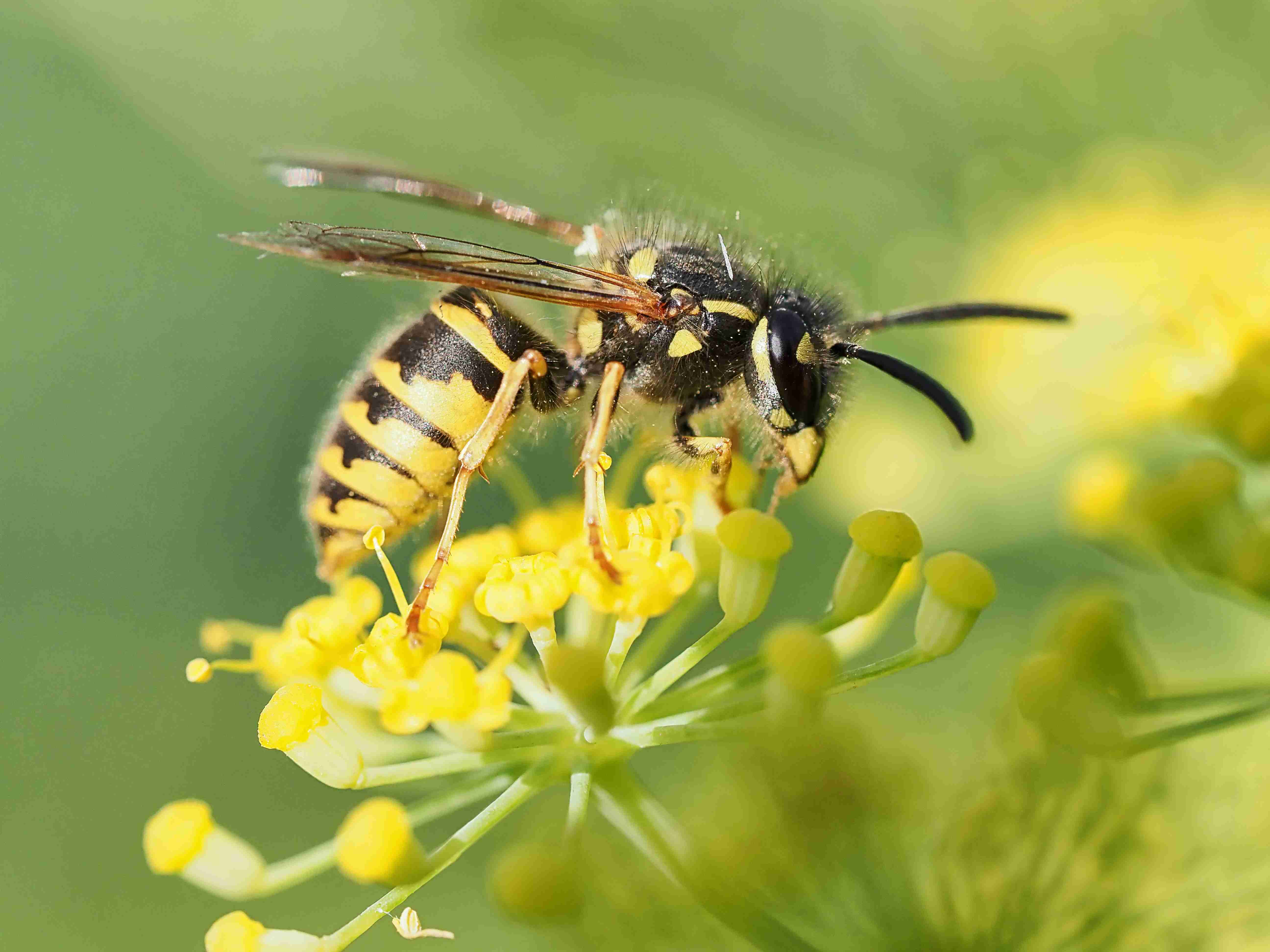
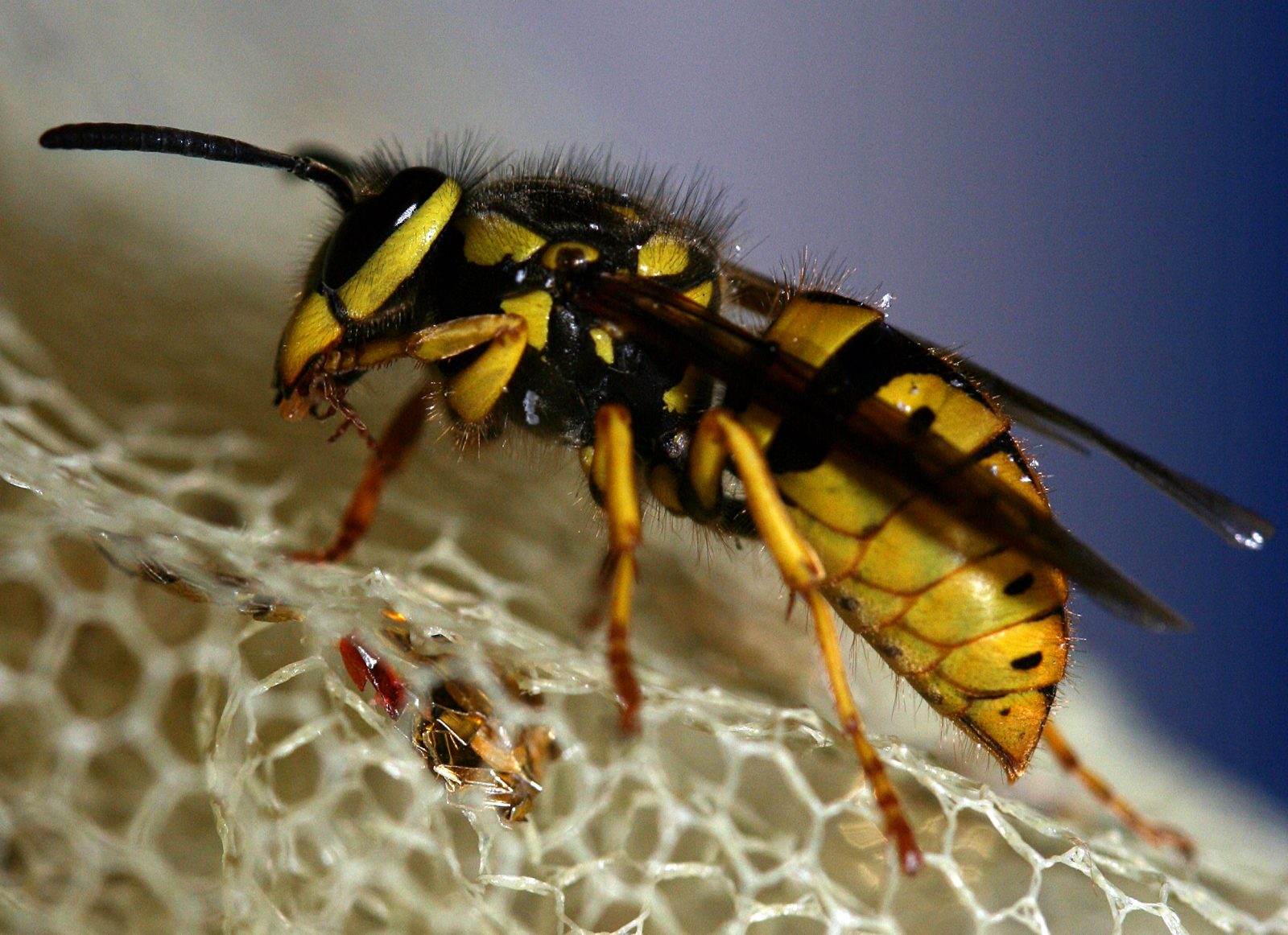
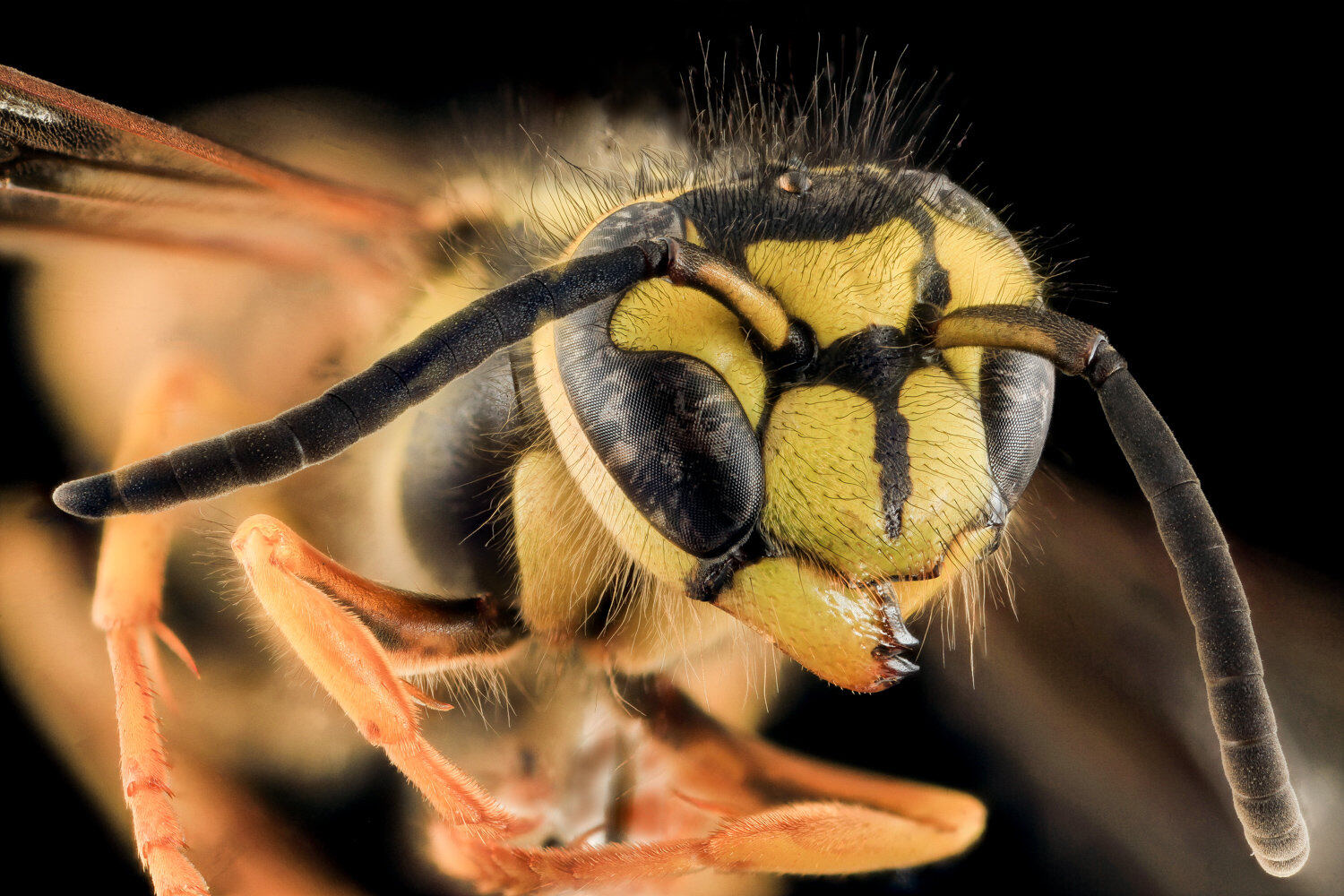
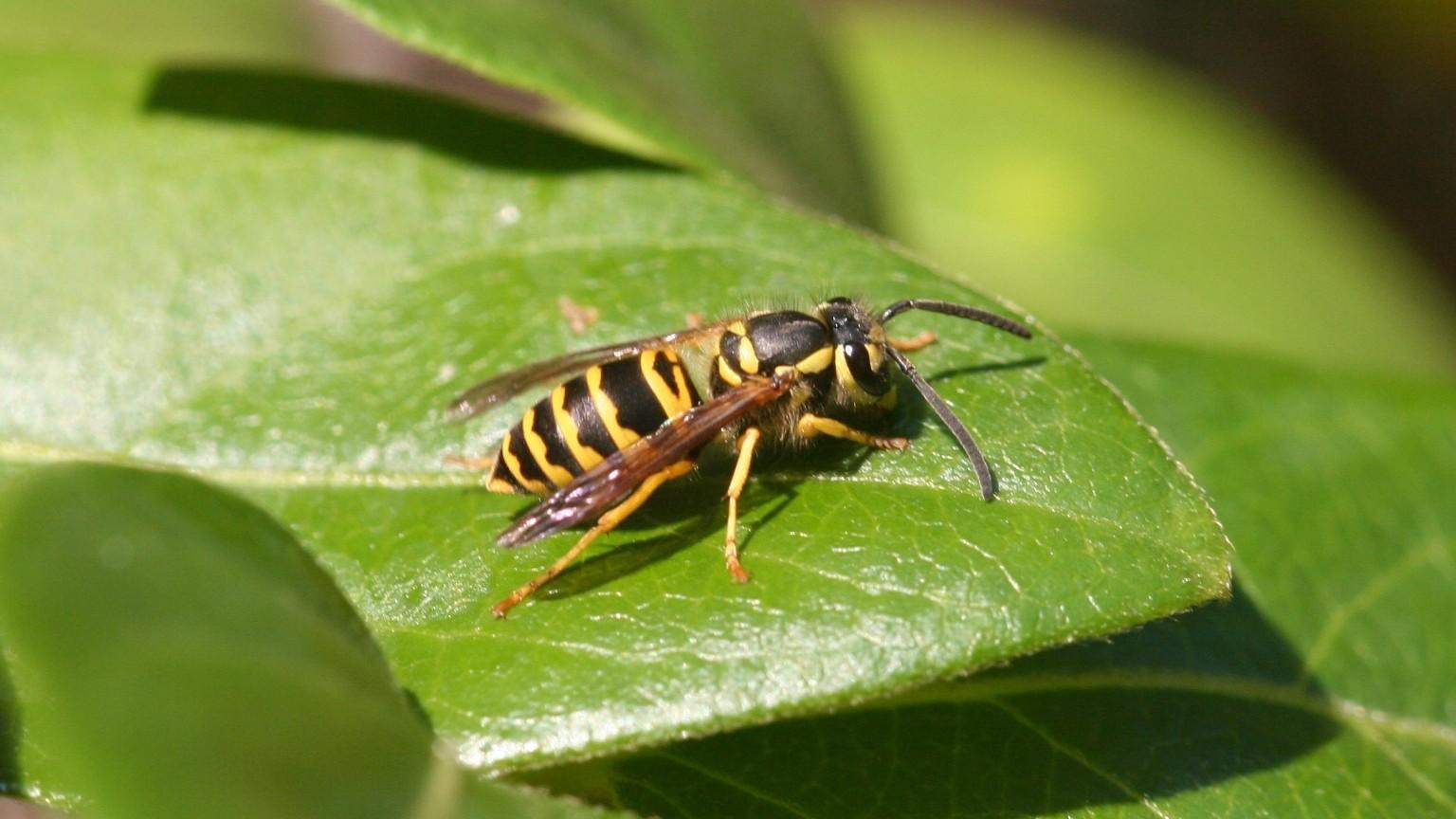
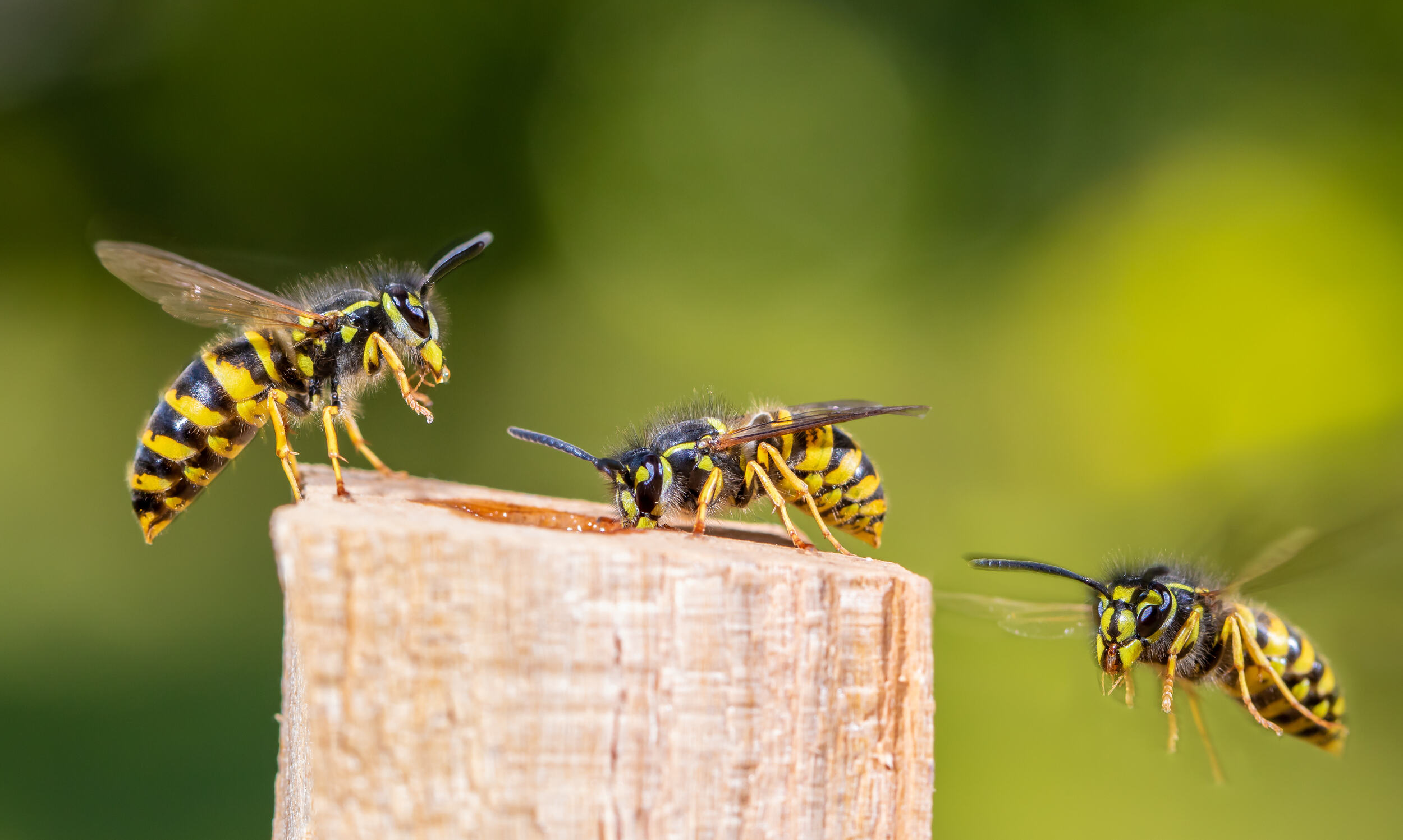
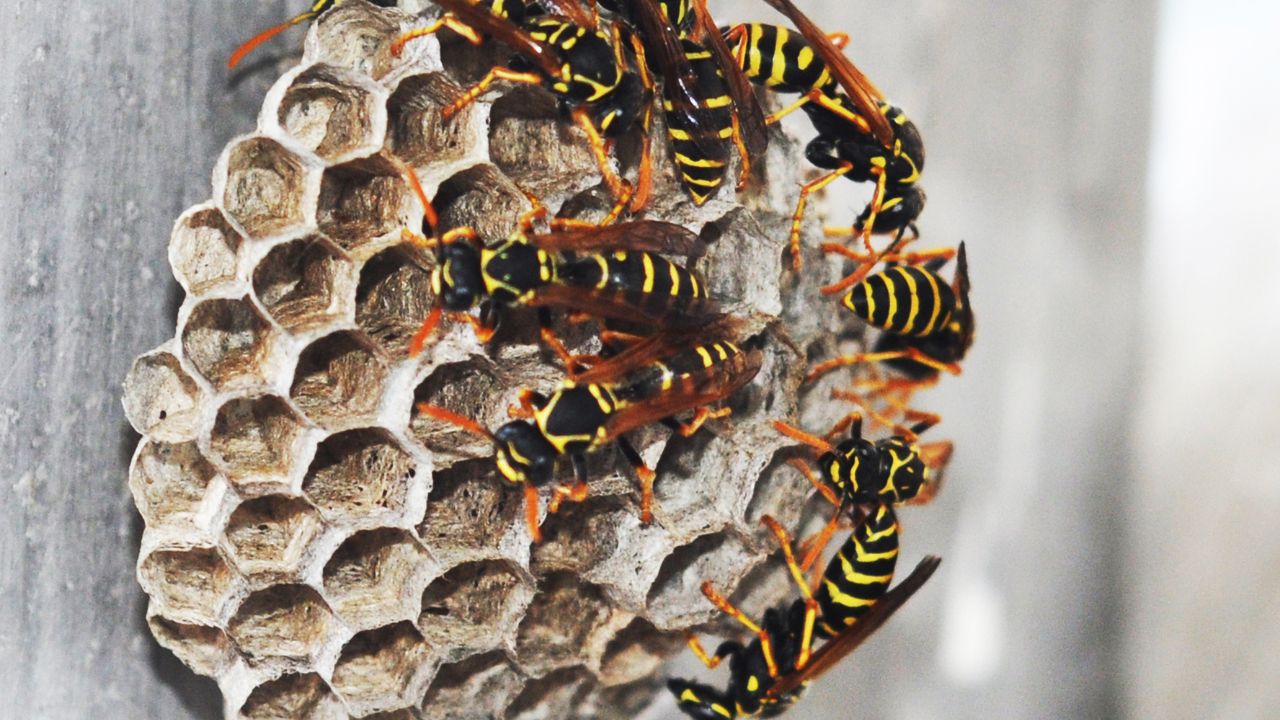
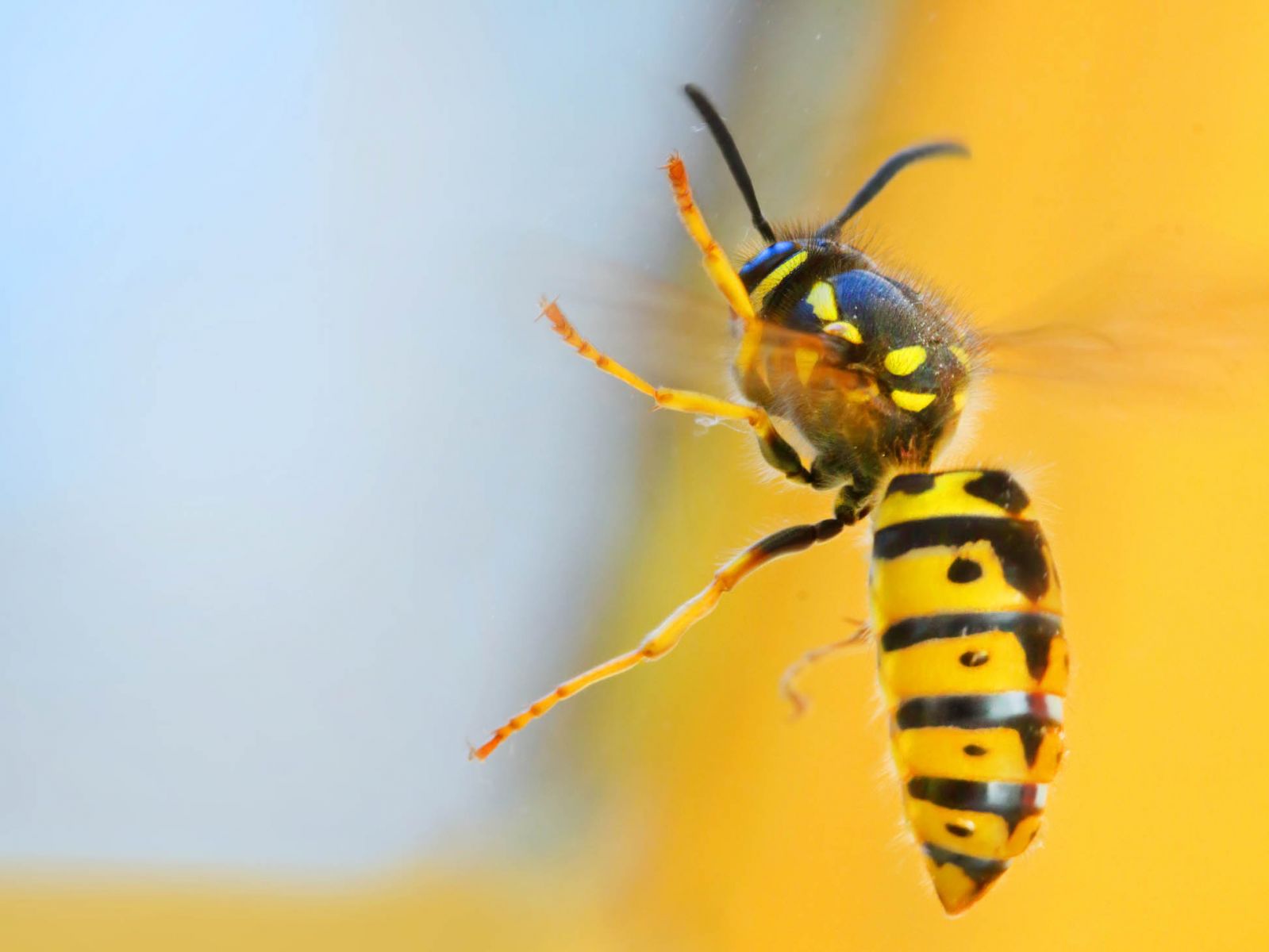
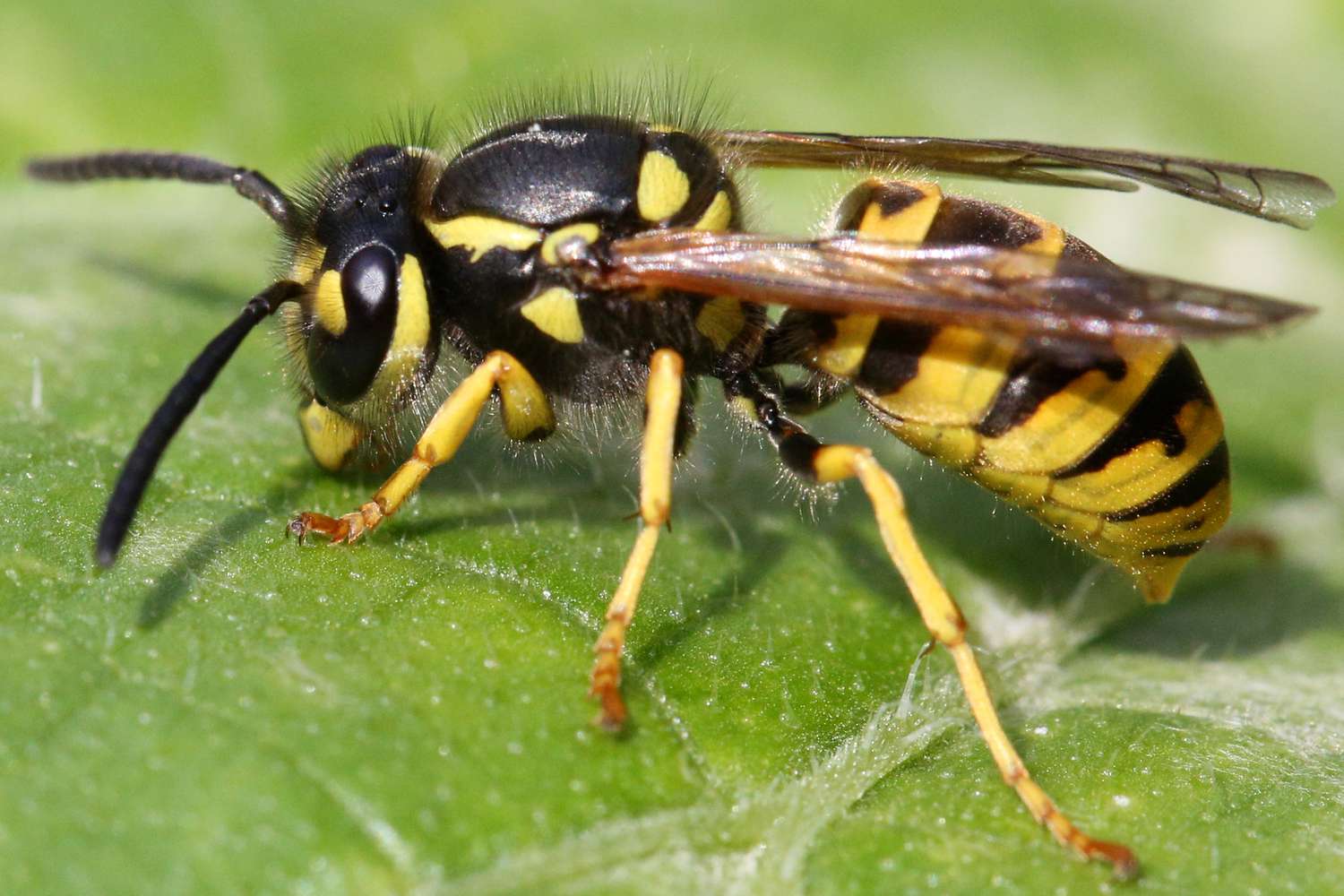
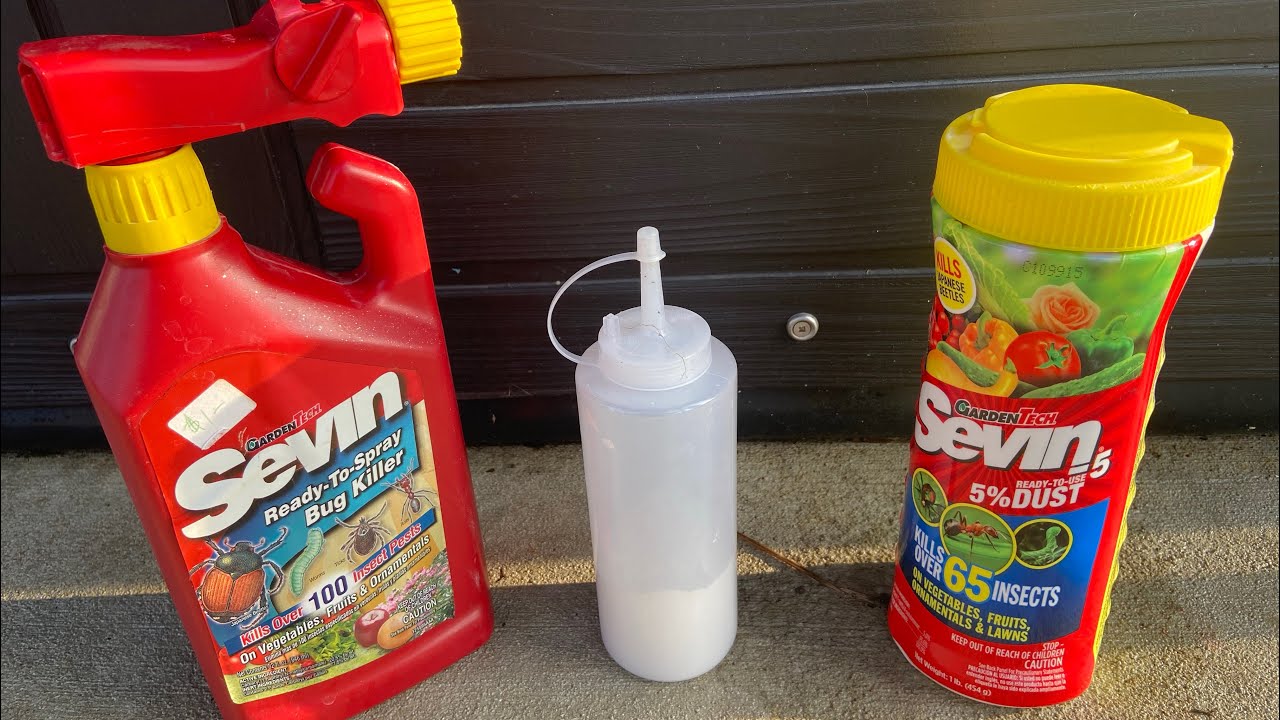
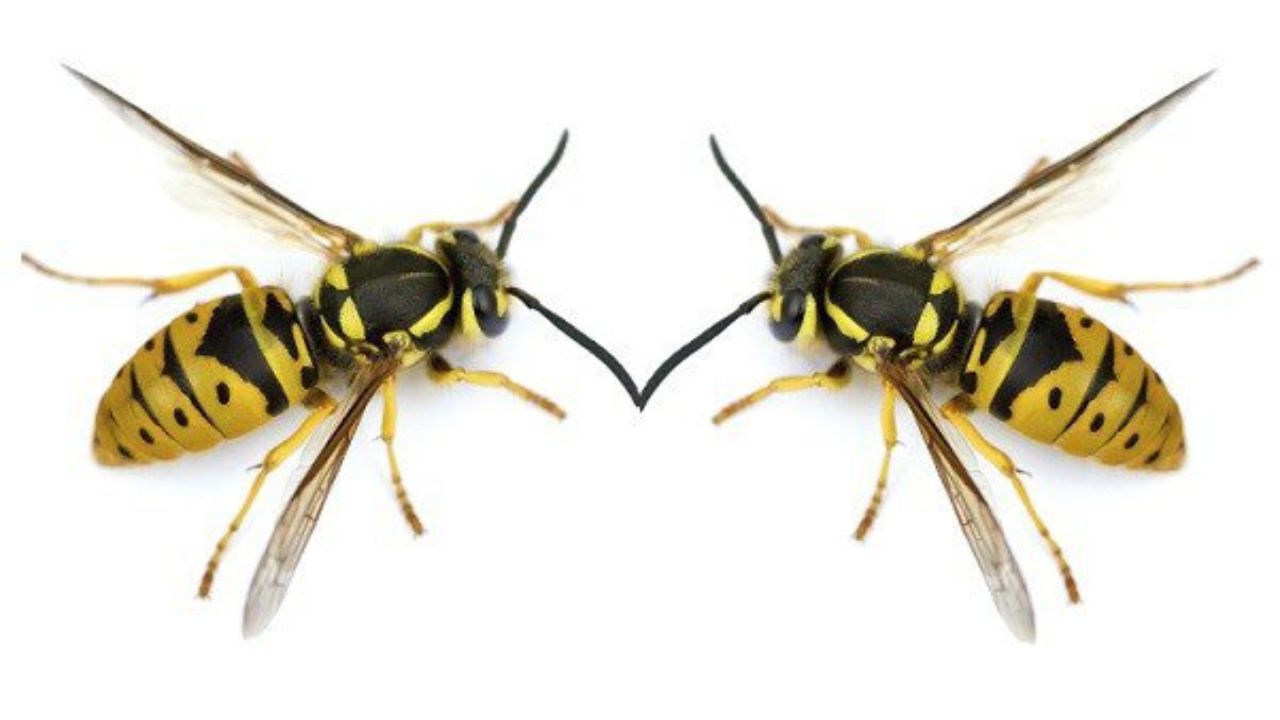
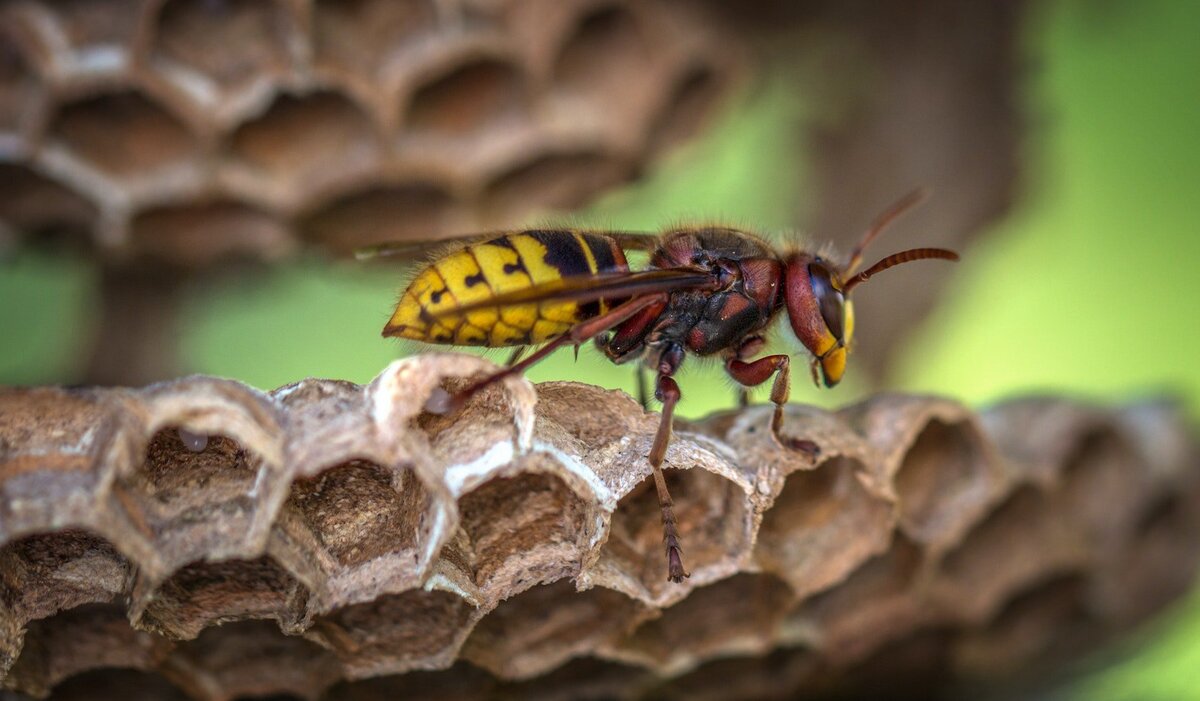
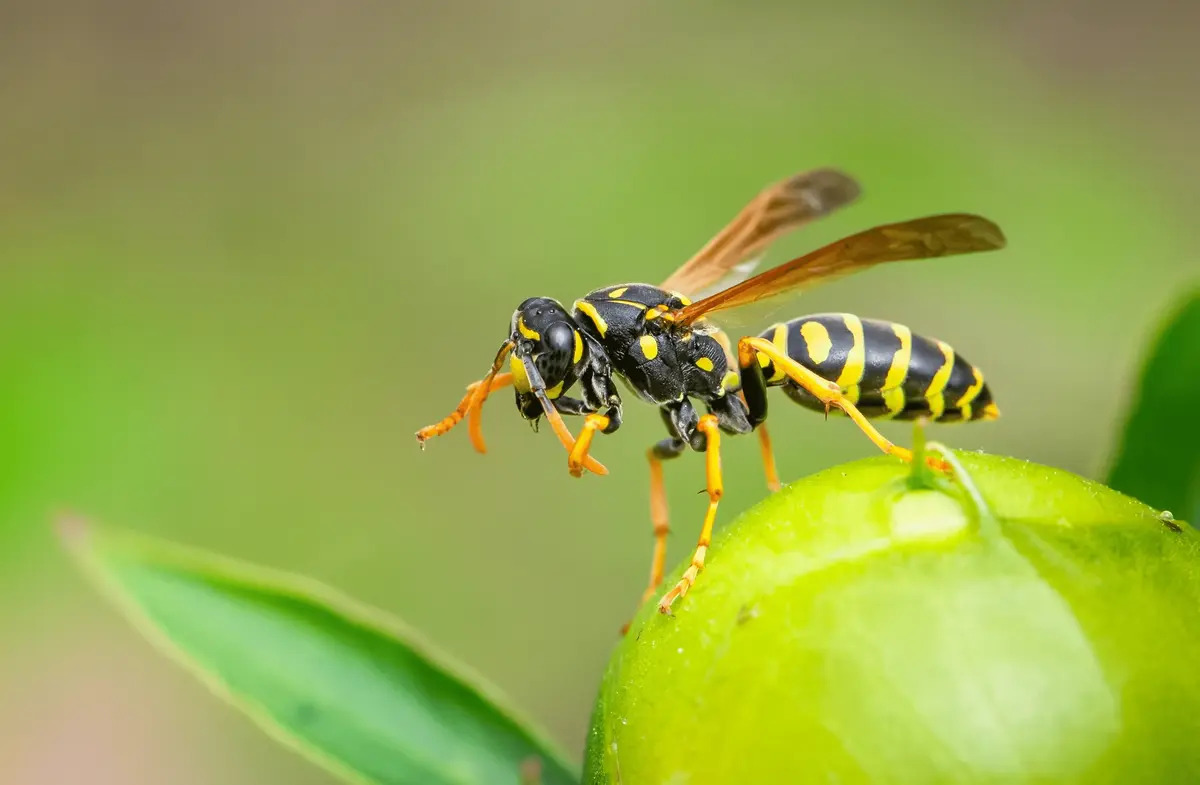
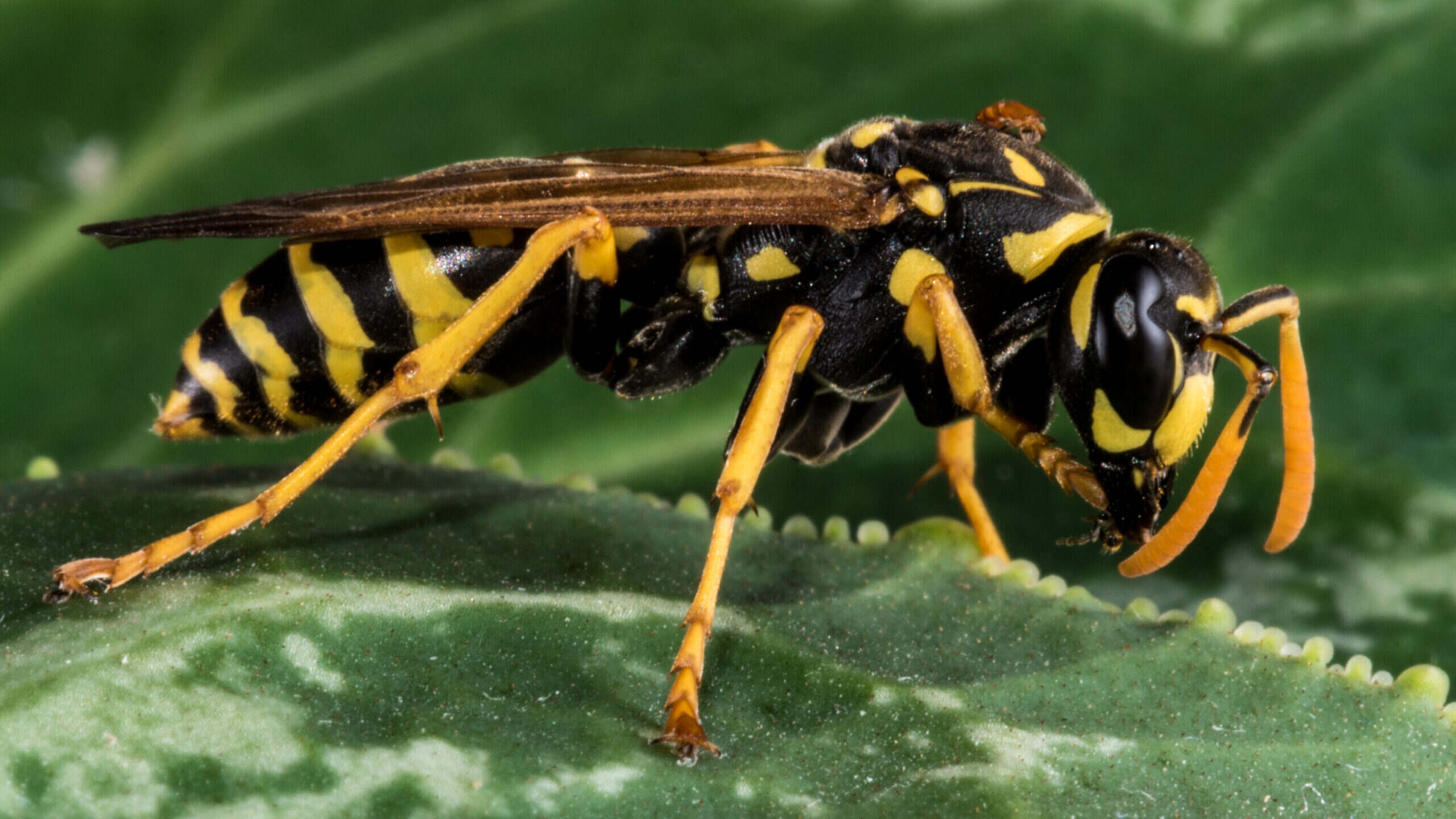


0 thoughts on “What Temp Do Yellow Jackets Die”